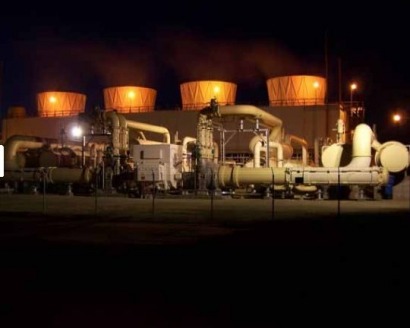
“After a long process of negotiations, we reached an agreement on the amendments to the JOC and ESC agreements that were required for the bankability of the project," said Dita Bronicki, Ormat’s Chief Executive Officer. "Once the financing closes, we will be able to recognize revenues from the supply of the equipment over the construction period and further strengthen the performance of our product segment.
"This project, represents our entry into Indonesia, a region we have been excited about for some time, We believe the potential opportunity in Indonesia is significant, and we look forward to pursuing opportunities in what we anticipate will be a growing market in the years to come. I would like to thank Pertamina, PGE, PLN and our partners for their confidence in our technology, ” Bronicki said.
Ormat will participate in the project in two distinct ways.
First, the firm designed the plant and will supply its Ormat Energy Converters to the facility as needed.
In addition, through its subsidiary Ormat International, Inc., it holds a 12.75 percent equity stake in SOL, which owns and operates the Sarulla project.
As a supplier, the company expects to recognize revenues of $254 million related to the equipment sales over the construction period. Other members of the consortium that owns SOL include Medco Energi Internasional Tbk; Itochu Corporation; and Kyushu Electric Power Co. Inc.
Under the JOC, PT Pertamina Geothermal Energy, the concession holder for the project, has provided SOL with the rights to use the geothermal field and under the ESC PT PLN, the state electric utility will be the off-taker at Sarulla for 30 years.
The Sarulla project is the largest single contract geothermal power project to capitalize on the large scale potential of highly productive Indonesian geothermal resources. The project will be implemented in three phases of 110 MW each, utilizing both steam and brine extracted from the geothermal field to increase the power plant’s efficiency.
The consortium has started preliminary testing and development activities at the site. Construction is expected to begin after the consortium obtains financing, which is expected to take approximately one year. The first phase is scheduled to commence operation in 2016. The remaining two phases are scheduled to start within 18 months of the first phase.
For additional information:

